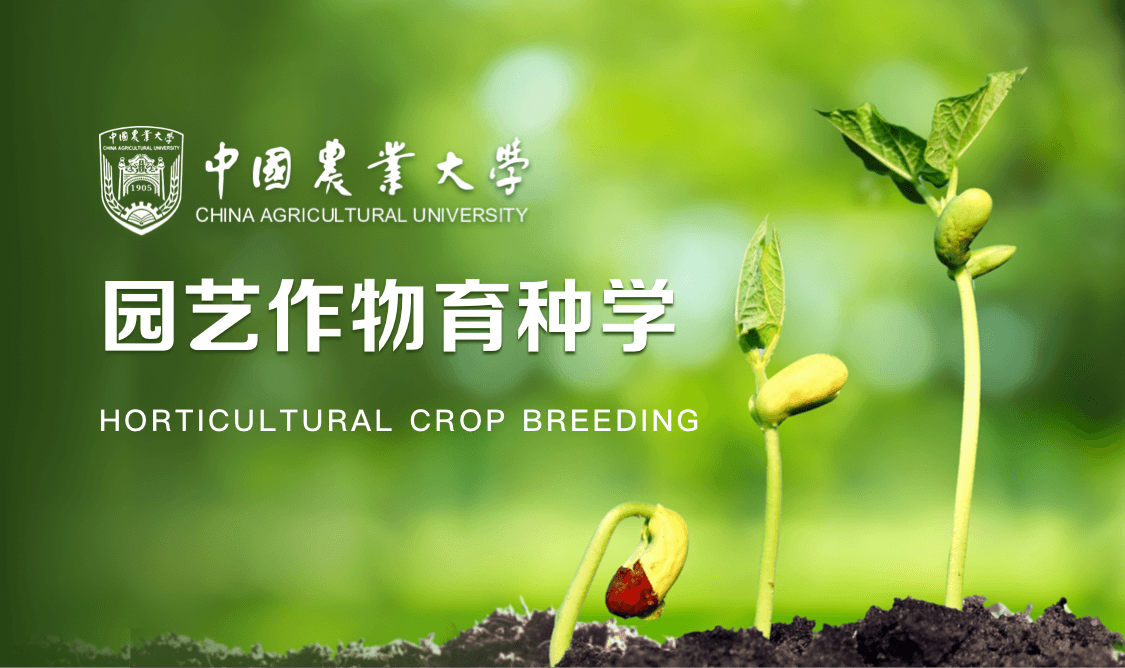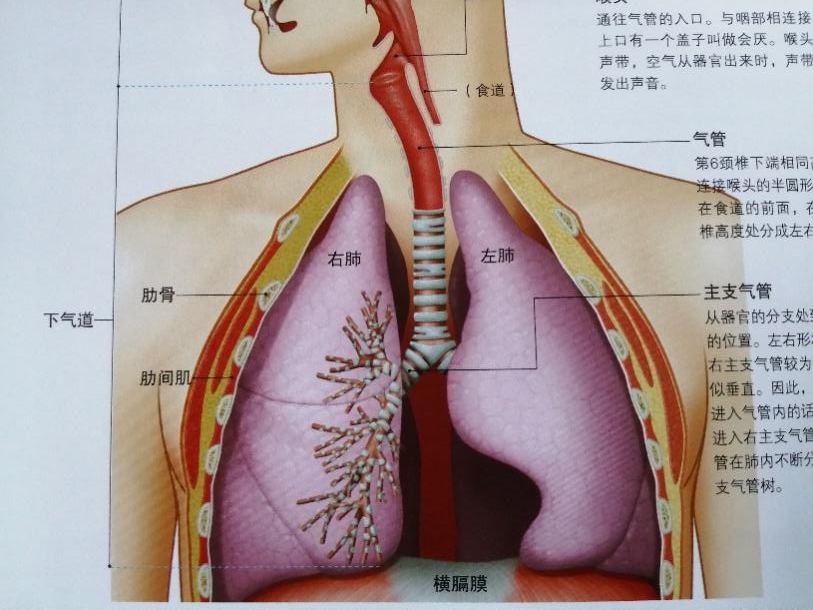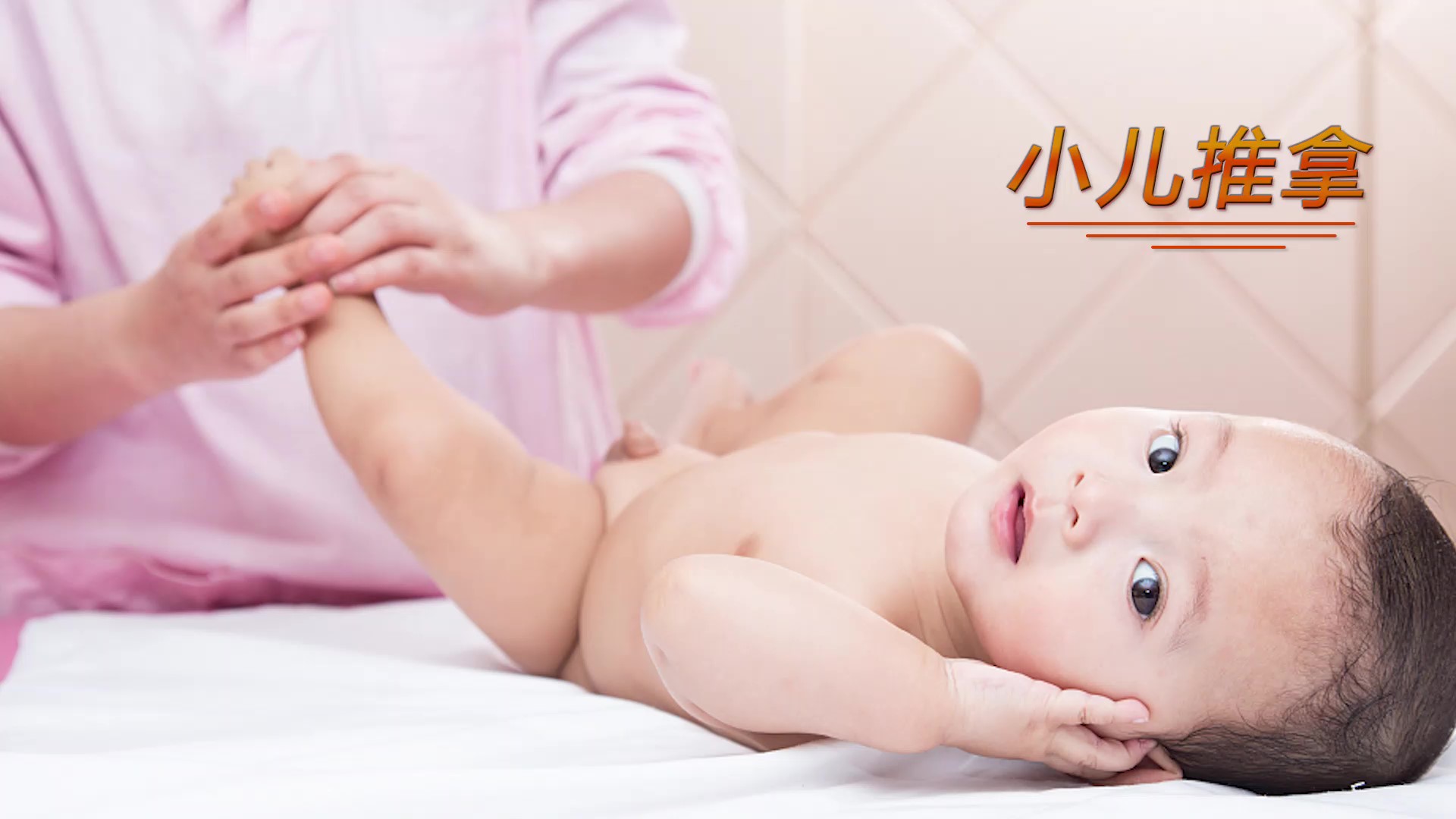
当前课程知识点:Chinese Ceramics > Unit 15 Colorful Cloisonné > 15.2 The Craftsmanship and Development of Cloisonné > 15.2 The Craftsmanship and Development of Cloisonné
返回《Chinese Ceramics》慕课在线视频课程列表
大家好,欢迎来到课堂
今天我们来讲一讲
景泰蓝的工艺发展
邱教授,你能为我们介绍一下它为什么会被称为景泰蓝吗
景泰蓝,又称“铜垫线编织珐琅”
是一种用铜丝
按照胎铜上的绘纹金银丝焊
而不是按纹填充的器物
因为,最初,蓝釉是用来涂在底部
它被称为景泰蓝
然而,景泰蓝作为一种技艺的名称
因其工艺复杂、地位崇高
于2006年被列入第一批
国家级非物质文化遗产
其工艺起源于西亚
千年来一直被视为中国的进口产品
随着民族文化的融合
它已成为中华文化不可分割的一部分
景泰蓝的制作方法有哪些
景泰蓝的制作方法有四种:
胎铜凿花釉、彩绘釉
金银丝釉、锤釉
胎铜画珐琅
与金银丝珐琅有什么不同
胎铜花珐琅是将
已绘有花纹的胎铜刻凿
然后在主线旁边的底座上勾号
再将花纹镂刻上釉
最后烧制、打磨、镀金
而金银丝珐琅则是
在胎铜绘制的图案上焊接一根扁平的细铜丝
然后在釉面中填充图案
然后烧制、抛光、研磨、电镀
以上两种生产方式现在几乎绝迹了
彩绘珐琅起源于欧洲
于16世纪传入中国
最盛行于清朝
其制作方法是先釉上底色
经烧制后,再直接釉上涂色
反复烧制数十至数百次后
才会出色
锤搪瓷通常是根据绘图模式
压花胎儿铜锤击的形式
凸的部分是留出点平各种搪瓷釉
而图案的凹面则用镀金装饰
点火后,本身的起伏
会留下三维空间感和层次感
景泰蓝因其艳丽的色彩和悠久的历史
具有很高的艺术和收藏价值
随着中国景泰蓝的发展
其图案、色彩和器物功能
都发生了许多变化
符合中国人的
审美标准
逐渐成为
中国传统文化精髓的一部分
邱老师,您能介绍一些景泰蓝作品吗
张同禄被评为景泰蓝非物质文化遗产的
代表性传承人
张师傅还专注于
景泰蓝的研究和传承
试图在传承的前提下进行一定的创新
张大师的代表作是
庆祝新中国成立60周年的杰作——十二生肖
“锦绣中华”
与景泰蓝只有一个十二生肖不同的是
这件作品将十二生肖集合在一起制成一件器皿
用大面积镀金,镶嵌绿松石、玛瑙
石化木等六十颗宝石
不节省劳力和金钱
可以说它付出了无数的努力
该作品被评为“中国国宝”
代表了当代中国景泰蓝工艺的
最高成就
此外,张大师的“十二皇家图腾”
“白头偕老”
“平安”、“富贵人生”等作品
均在中国台北“故宫博物院”收藏
其他作品均在各大拍卖会上刷新纪录
由此可见,张大师的伟大成就表明
景泰蓝在近代仍具有收藏价值
和巨大的发展空间
然而,张大师有时候仍然感觉无助
由于景泰蓝的高成本和复杂的过程
目标客户主要是那些
有高经济能力和欣赏艺术作品
这只是一小群人
这种局限性和差异性导致了
公共作品和专业作品的分离
今天的课就到这里
感谢观看,下次再见
-1.1 Introduction
-1.2 Ceramics in Neolithic, East Han and Wei-Jin Dynasties
--Ceramics in Neolithic, East Han and Wei-Jin Dynasties
-1.3 Sui and Tang dynasties and Song Dynasty ceramics
--Sui and Tang dynasties and Song Dynasty ceramics
-1.4 Ming and Qing Dynasties
-Unit 1 test
--Unit 1 test
-Discussion questions
-2.1 The Unique Chinese Ceramic Culture
--The Unique Chinese Ceramic Culture
-2.2 The Historical Development of Chinese Ceramic Making
--The Historical Development of Chinese Ceramic Making
-2.3 Chinese Ceramic Shape Art
-2.4 Chinese Ceramic Painting Art
--Chinese Ceramic Painting Art
-2.5 Chinese Ceramic Folk Stories
--Chinese Ceramic Folk Stories
-Unit 2 test
--Unit 2 test
-Discussion questions
-3.1 CeramicCulture and the Zodiac
--CeramicCulture and the Zodiac
-3.2 The heritage of traditional ceramic culture
--The heritage of traditional ceramic culture
-3.3 The development and innovation of ceramic art
--The development and innovation of ceramic art
-Unit 3 test
--Unit 3 test
-Discussion questions
-4.1 Gorgeous Colored Pottery
-4.2 The Method of Making Colored Pottery
--The Method of Making Colored Pottery
-4.3 Primitive Colored Pottery Ⅰ
-4.3 Primitive Colored Pottery Ⅱ
-4.3 Primitive Colored Pottery Ⅲ
-4.4 Black Earthenware
-4.5 White Pottery and Primitive Porcelain
--White Pottery and Primitive Porcelain
-Unit 4 test
--Unit 4 test
-Discussion questions
-5.1 Terracotta Warriors in Qin Dynasty
--Terracotta Warriors in Qin Dynasty
-5.2 Potteries in Han Dynasty
-Unit 5 test
--Unit 5 test
-Discussion questions
-6.1 Dragon kiln and Celadon
-6.2 Yue Kiln and Wuzhou kiln
-6.3 Deqing Kiln and Ou kiln
-6.4 Longquan Wares
-6.5 Yaozhou Wares
-Unit 6 test
--Unit 6 test
-Discussion questions
-7.1 Tang Tri-Colored Pottery
--7.1 Tang Tri-Colored Pottery
--7.1 Tang Tri-Colored Pottery
-7.1Tang Tri-Colored Pottery
--7.1 Tang Tri-Colored Pottery
--7.1 Tang Tri-Colored Pottery
-Discussion questions
-Unit 7 test
--Unit 7 test
-8.1 The flourishing age of the Song Dynasty
--8.1 The flourishing age of the Song Dynasty
-8.2 The flourishing age of the Song Dynasty
--8.2 The flourishing age of the Song Dynasty
-8.3 Ding Wares
-8.4 Ru Wares
-8.5 Guan Wares
-8.6 Ge Wares
-8.7 Jun Wares
-Discussion questions
-Unit 8 test
--Unit 8 test
-9.1 Reasons for the maturity of Qinghua porcelain in Yuan Dynasty
--9.1 Reasons for the maturity of Qinghua porcelain in Yuan Dynasty
-9.2 The Invention of Blue-and-white Porcelain in the Tang Dynasty
--9.2 The Invention of Blue-and-white Porcelain in the Tang Dynasty
-9.3 Fine China Ware became the Symbol of ChinaⅠ
--9.3 Fine China Ware became the Symbol of ChinaⅠ
-9.3 Fine China Ware became the Symbol of ChinaⅡ
--9.3 Fine China Ware became the Symbol of ChinaⅡ
-9.3 Fine China Ware became the Symbol of ChinaⅢ
--9.3 Fine China Ware became the Symbol of ChinaⅢ
-9.4 The charm of QinghuaⅠ
-9.4 The charm of QinghuaⅡ
-9.4 The charm of QinghuaⅢ
-Discussion questions
-10.1 Da Ming Wucai
-10.2 Wooden engravings influence on Wucai porcelain
--10.2 Wooden engravings influence on Wucai porcelain
-10.3 Kangxi Wucai
-10.4 Liling Under-glaze multicolored porcelainⅠ
--10.4 Liling Under-glaze multicolored porcelainⅠ
-10.4 Liling Under-glaze multicolored porcelainⅡ
--10.4 Liling Under-glaze multicolored porcelainⅡ
-Discussion questions
-11.1 The advent of Fencai
-11.2 Fencai Porcelain in the Yong zheng period
--Fencai Porcelain in the Yong zheng period
-11.3 Fencai Porcelain in the Qianlong Period
--Fencai Porcelain in the Qianlong Period
-Discussion questions
-13.1 Zisha-pottery
-13.2 The Zisha Teapot
-13.3 The Zisha tea set in the Ming Dynasty
-Discussion questions
-14.1 Development of Contemporary Chinese ceramic art
--14.1 Development of Contemporary Chinese ceramic art
-14.2 The internationalization trend of Chinese modern ceramics
--14.2 The internationalization trend of Chinese modern ceramics
-14.3 A new style of contemporary ceramic art Ⅰ
--14.3 A new style of contemporary ceramic artⅠ
-14.3 A new style of contemporary ceramic art Ⅱ
--14.3 A new style of contemporary ceramic art Ⅱ
-14.4 The Trade of the Artisans Ⅰ
--14.4 The Trade of the Artisans Ⅰ
-14.4 The Trade of the Artisans Ⅱ
--14.4 The Trade of the ArtisansⅡ
-Discussion questions
-15.1 Unique Cloisonné technique
--15.1 Unique Cloisonné technique
-15.2 The Craftsmanship and Development of Cloisonné
--15.2 The Craftsmanship and Development of Cloisonné
-15.3 The Problems Facing the Inheritance of Cloisonné
--15.3 The Problems Facing the Inheritance of Cloisonné
-15.4 The inheritance and development of Cloisonné
--15.4 The inheritance and development of Cloisonné
-Unit 15 Test
--Unit 15 Test
-Discussion questions
-16.1 Appreciation of Chinese ceramics
--16.1 Appreciation of Chinese ceramics
-16.2 Explore the origins of ancient ceramics Ⅰ
--16.2 Explore the origins of ancient ceramics Ⅰ
-16.2 Explore the origins of ancient ceramics Ⅱ
--16.2 Explore the origins of ancient ceramics Ⅱ
-Unit 16 Test
--Unit 16 Test
-17.1 Traditional Chinese Decorative Patterns
--17.1 Traditional Chinese Decorative Patterns
-17.2 Application of Traditional Chinese decorative patterns in ceramics
--17.2 Application of Traditional Chinese decorative patterns in ceramics
-Unit 17 Test
--Unit 17 Test
-Discussion questions



